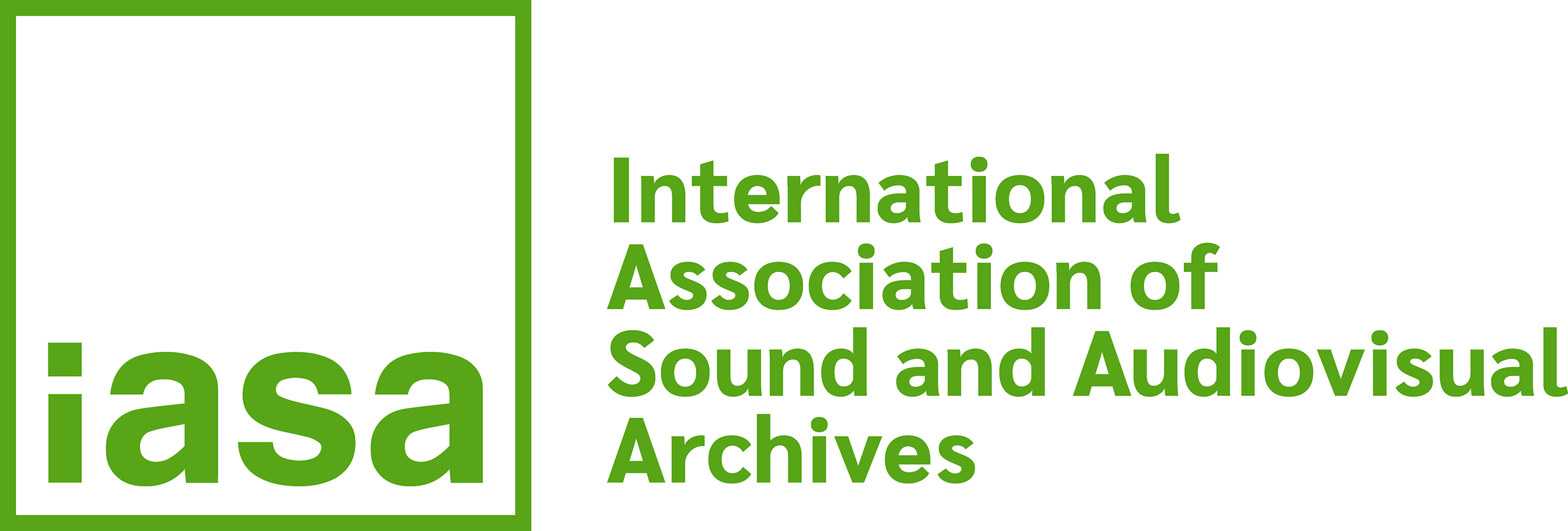3. National and international standards
Most of what has so far been written has been written as if a sound archive will be established, and will be left to develop its documentation policy, in an atmosphere of almost complete freedom of choice. This will, of course, never be true. The material about which an archive is offering information will be considered by its users and others in a context which includes what is available from other institutions, and the documentation will consequently be planned under the pressures of precedent and example. Such pressures may come from several directions. A sound archive may, for example, be established within an institution which already contains a reference collection in other media -books, manuscript documents, photographs, film or museum objects and will then experience pressure to conform to procedures observed in extant collections. There may, for instance, be an institutional or national policy committed to usage of one of the MARC-derived systems. There will then be the pressure of example - the inclination to follow the methods of other sound archives which the new archive has been created to emulate or complement. There is, finally, the pressure of emergent international standards promoted by international groupings of appropriate disciplines - for example the International Standard Bibliographic Description for Non-Book Materials, or ISBD(NBM), published by the International Federation of Library Associations.
In many cases, the advantages of adhering to a standard will be obvious. Within an institution, for example, a unified cataloguing system would help ensure that users had access to all material relevant to their interests in several media -an instrument and a recording of how it sounds when played, an industrial machine and an explanation of its use, etc. Similarly, and especially in the field of commercial recordings, adherence to an international descriptive standard will help users discover the information that may be most important to them -that is, the extent to which one archive duplicates or fills the gaps in the collection of another.
There are, however, two potential dangers which should always cause an archive carefully to consider the full implications before accepting the use of a given standard. One is that the standard proposed may not, without change, be applicable to the medium of sound recordings; the second is that it may not be applicable to the specific type of material collected by the archive. The ISBD(NBM) may be used as an example: although designed as a framework for information exchange rather than as a system for archival cataloguing, the desirability of consistency in the documentation of commercial recordings inevitably makes ISBD a subject of great interest for cataloguers of sound material. In 1980, a joint working group of the Cataloguing Commission of the International Association of Music Libraries and the Cataloguing Committee of the International Association of Sound Archives submitted to IFLA detailed recommendations for the improvement of ISBD(NBM) as applied to sound recordings. Points requested by the working party included, for example, the elaboration of rules in ISBD(NBM) governing responsibility statements and physical description, and of cautionary notes concerning the application to sound recordings of the concepts of 'editions' and 'series'. These points are additional to those acknowledged in the ISBD itself: that it is primarily concerned with 'materials published in multiple copies' and excludes 'specimens or found objects' (which category may be taken to include field recordings), and that it 'may require elaboration' to meet the requirements of archives.
ISBD(NBM) is far from unique in any of these respects. Like it, most cataloguing standards derive from the world of librarianship, and many are, for example, not compatible with the sound archivist's perception of 'responsibility' (multiple, and shared between author and performers) as distinct from the more conventional concept of authorship. Outside the field of commercial recordings, the problem may well get worse. Geared to titles and responsibility, standards may not cater adequately for the preferred identifications of field recordings, and may not accommodate the desirable level of description for such works. While, therefore, adherence to standards is an admirable target for sound archive cataloguing, a new archive should be entitled critically to examine the specific applicability of any single proposed standard to its cataloguing needs, and to seek necessary improvements in the standard as an alternative to compromising its own practices.


